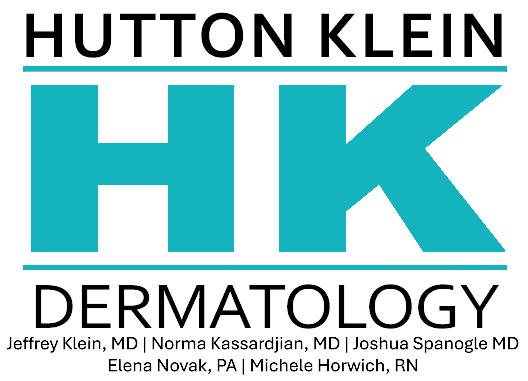 Between 30% to 60% of adults develop spider veins. Fortunately, you can resolve this unattractive condition. Contact Dr. Jeffrey A. Klein and his caring team at HK Dermatology in San Juan Capistrano, California to reduce spider veins with nonsurgical sclerotherapy.
Between 30% to 60% of adults develop spider veins. Fortunately, you can resolve this unattractive condition. Contact Dr. Jeffrey A. Klein and his caring team at HK Dermatology in San Juan Capistrano, California to reduce spider veins with nonsurgical sclerotherapy.
Healing both spider and varicose veins
Spider veins occur when blood starts to flow backwards instead of upwards toward your heart, due to a weakened one-way valve. This causes blood to collect in your vein. Purple, blue, and red web-like lines appear just beneath your skin’s surface, usually in your legs and face. While small spider veins generally cause little or no harm, they look quite unpleasant. The veins on the face can often be treated in our office with a laser treatment but are not injected with a sclerotherapy solution.
Varicose veins are often larger and more harmful. These lumpy, pink- or flesh-colored veins increase your risk of blood clots and other circulation issues. They may feel itchy, painful, or swollen. We use sclerotherapy to treat these, as well, but sometimes these can require a surgical or laser ablation done with a vein specialist.
The sclerotherapy solution
Doctors have used sclerotherapy to remove unwanted spider veins since the 1930s. Dr. Klein and his team inject a solution, usually made of saline, into your veins. The solution irritates the veins’ blood vessels, making them swell, diminishing blood flow and lymphatic fluid in the area. The blood then clots, transforming these veins into scar tissue that eventually disappears from view. Sclerotherapy reduces spider veins in the face, arms, back, and other areas of your body.
Before and after treatment
Dr. Klein performs your nonsurgical procedure in his office in less than an hour, as follows:
- Cleanse the area
- Inject an irritating solution directly into each vein with fine needles
- Apply a pressure dressing
You may experience some pinching or cramping during and directly following the procedure. Other than that, you can resume normal activities. We encourage you to walk around over the next few weeks to keep circulation flowing, and you should also wear support hose or compression wraps. You may require several treatments over time to completely get rid of the problematic veins. After each session, Dr. Klein requests you:
- Avoid hot baths: take warm, rather than hot, showers
- Use Tylenol for pain relief: refrain from aspirin, ibuprofen, and other anti-inflammatory medications
- Clean the injection sites with lukewarm water and mild soap
- Avoid hot compresses and direct sunlight on the injected regions
Keep in contact with our office to report any adverse reactions. This nonsurgical treatment reduces spider veins in 75-90% of patients.
Minimize your risk for spider veins
Some risk factors, such as aging, genetics, and pregnancy, increase your chances of getting spider veins. Others are more avoidable. Dr. Klein recommends ways to decrease your odds, including:
Maintain a healthy weight
Increased weight puts more pressure on the veins in your legs.
Keep moving
Standing or sitting too long forces your leg veins to work harder to send blood to your heart.
Protect skin from sun damage
Ultraviolet light can cause broken blood vessels and spider veins to appear on your face.
Hormone treatments
Estrogen used in birth control and menopausal treatments can weaken vein valves, increasing your risk of spider veins.
Help for skin-deep beauty issues
If you’d like to learn more about removing pesky spider veins, or discuss any other dermatological concerns with Dr. Klein, schedule a checkup at 949-248-1632, or book an appointment online today.
